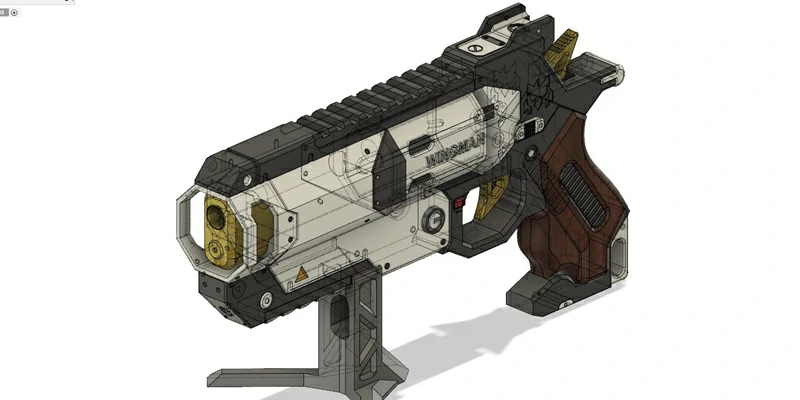Title: Mastering the Art of CNC Machining for Mechanical Keyboard Aluminum Casings
Introduction:
Creating high-quality mechanical keyboard aluminum casings requires precision and expertise. CNC machining centers play a crucial role in achieving the desired level of perfection. In this article, we will explore four key points that are vital to mastering the art of CNC machining for mechanical keyboard aluminum casings.
Point 1: Design and Material Selection (250 words)
Designing an aluminum casing for a mechanical keyboard involves meticulous planning and attention to detail. The first step is to create a comprehensive CAD (Computer-Aided Design) model that incorporates the desired shape, dimensions, and features of the casing. Careful consideration should be given to aspects such as aesthetics, ergonomics, and functionality.
Selecting the right material is equally important. Aluminum is a popular choice due to its lightweight, durability, and excellent heat dissipation properties. Different grades and types of aluminum alloys offer varying levels of strength and machinability. Understanding the specifications and characteristics of these alloys helps in making informed decisions for the specific application.
Point 2: CNC Machining Techniques (300 words)
CNC machining centers utilize advanced techniques to shape aluminum casings with precision. Mastering these techniques is crucial to ensure accuracy and efficiency in the manufacturing process. Some key techniques include:
1. Milling: Relying on rotating cutting tools, milling removes excess material to create the desired shape. It involves various processes such as face milling, end milling, and pocket milling. Optimizing the milling parameters, such as speed, feed rate, and tool selection, is essential to achieve the desired surface finish.
2. Drilling: Creating holes and cavities in the casing requires precise drilling techniques. CNC machines use different types of drills, including twist drills, center drills, and spot drills. Understanding the appropriate drill sizes, depths, and speeds improves the efficiency and quality of the process.
3. Tapping: Adding threaded holes to the casing for screws or other components involves tapping. This technique requires precision and careful control of cutting parameters to achieve accurate threads that fit perfectly.
Point 3: Surface Finishing (250 words)
Surface finishing plays a significant role in enhancing the overall appearance and tactile experience of the mechanical keyboard aluminum casing. Various techniques can be employed, such as:
1. Deburring: After machining, removing sharp edges and burrs ensures a smooth and safe product. Deburring operations can be done manually or through automated processes, such as tumbling or vibratory finishing.
2. Anodizing: Aluminum casings are often anodized to provide corrosion resistance and improve aesthetics. Anodizing involves electrochemically treating the aluminum surface to create a durable oxide layer. Mastering the anodizing process is crucial to achieve consistent and desired color tones and finishes.
3. Polishing: For a premium look and feel, polishing the aluminum casing can be done. Techniques like buffing, sanding, or abrasive blasting help achieve the desired level of shine and smoothness.
Point 4: Quality Control and Iterative Improvement (300 words)
Achieving consistent quality in CNC machining is essential. Implementing stringent quality control measures, such as regular inspections and dimensional checks, guarantees that the finished casings meet the required specifications. Additionally, embracing an iterative improvement mindset allows manufacturers to identify potential flaws and refine their processes continually.
Using advanced metrology tools, such as coordinate measurement machines (CMM) or optical inspection systems, assists in precise measurement and detection of any deviations from the desired dimensions.
Moreover, actively seeking feedback from customers and incorporating their suggestions helps in enhancing the design and functionality of the mechanical keyboard aluminum casings. Continuous improvement drives innovation and ensures the production of superior products over time.
Conclusion (100 words)
Mastering the art of CNC machining for mechanical keyboard aluminum casings requires a comprehensive understanding of design, material selection, machining techniques, surface finishing, and quality control. By focusing on these four key points, manufacturers can produce high-quality casings that meet the expectations of keyboard enthusiasts. Attention to detail, constant improvement, and the pursuit of excellence are essential to stay ahead in this competitive industry.
.webp)



